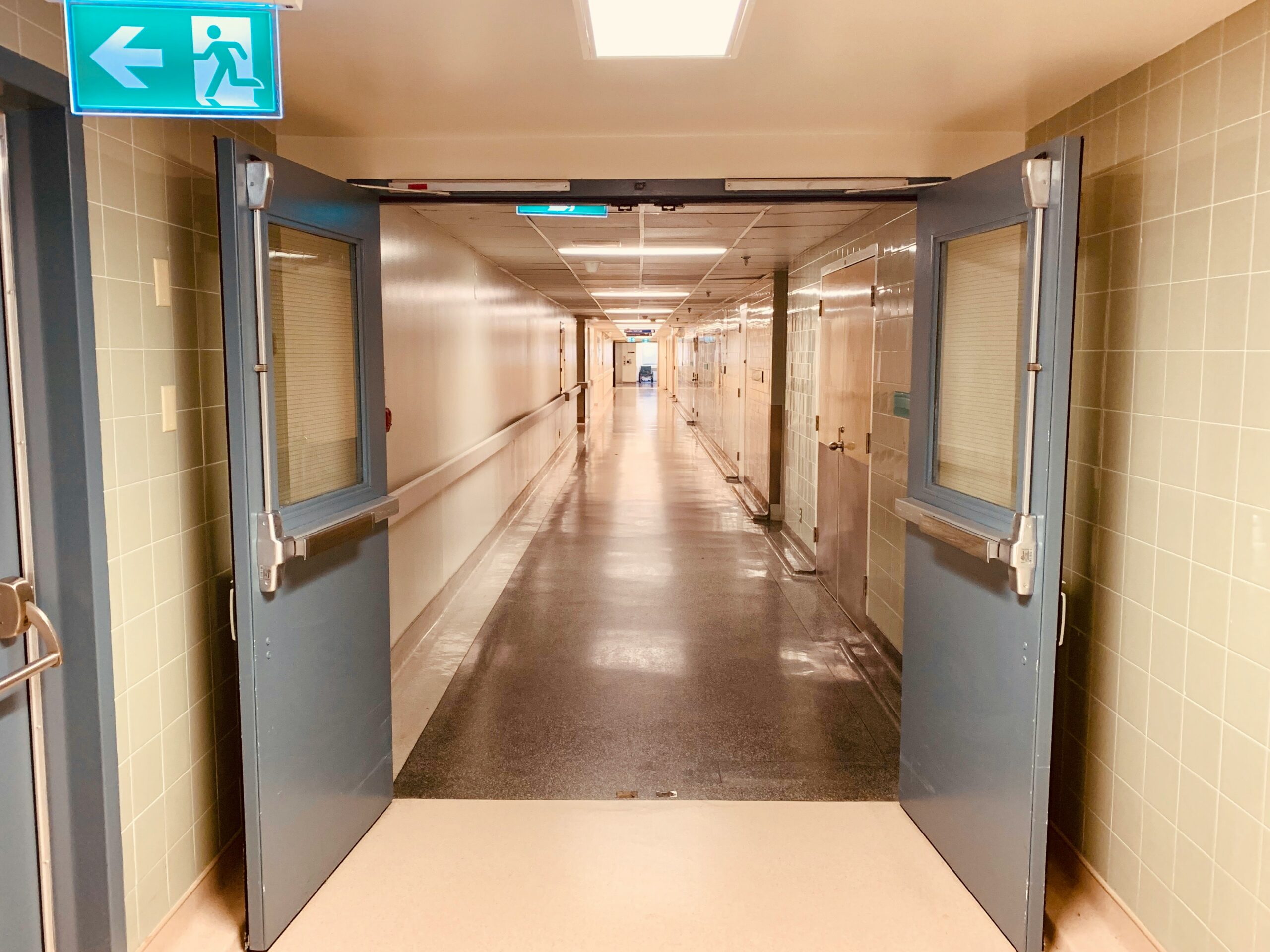Australian healthcare is in a crisis where inadequate funding and a shortage of professionals have led to rising costs and difficulty accessing essential services. As the nation approaches elections, debates about the future of universal healthcare intensify, revealing a need for systemic reforms rather than temporary fixes.
Dr. Victoria Bradley operates in Streaky Bay, a small, picturesque beach town in Australia characterized by its agricultural landscape and stunning coastal views. With a population of about 3,000, Streaky Bay is idyllic, but it suffers from a significant challenge: a lack of adequate healthcare. Dr. Bradley is the town’s only permanent doctor and has devoted her career to serving the community, often at the expense of her own well-being. For years, she was essentially on call 24/7, juggling the responsibilities of running both the local hospital and her general practice clinic. This relentless commitment led to chronic burnout; she often faced overwhelming workloads, with little time for breaks, even during emergencies.
Two years ago, feeling worn out and without sufficient support, she made the difficult decision to resign, which sent shockwaves through the town’s fragile healthcare system. Her departure illustrates a broader national crisis in Australian healthcare. There is a growing shortage of healthcare workers, and insufficient government funding exacerbates this issue, leading to increased wait times and skyrocketing costs for patients seeking care.
As the healthcare system deteriorates, many Australians are delaying or going without necessary medical services. This predicament has prompted heated discussions among the populace regarding the future of universal healthcare ahead of the national elections scheduled for May 3. In response to the impending elections, both major political parties have promised billions of dollars in new funding for healthcare. However, many experts caution that these measures represent temporary solutions rather than addressing the root causes of the crisis. There is a pressing need for comprehensive reforms to the healthcare funding structure, yet there has been a notable absence of political will to effect meaningful change.
The Australian healthcare system was established about 40 years ago with the introduction of Medicare, designed to provide affordable and accessible high-quality care to citizens. Under this system, Australians could present their Medicare card at medical facilities, ensuring that costs were covered through a mix of federal and state funding. Patients could receive services that were “bulk-billed” (free) or opt for private treatment for enhanced options.
Medicare quickly became celebrated as a national treasure, combining the best elements of healthcare systems from around the world. However, over the years, many in the healthcare industry are now suggesting that Australia is heading toward the worst aspects of both the UK and the United States regarding healthcare. While the country does maintain a globally competitive emergency care system, the core issue remains with primary care services, heavily reliant on private clinics.
Historically, most general practitioners (GPs) accepted Medicare rebates as their primary form of payment, reducing the need for public clinics. Unfortunately, this practice is becoming increasingly rare, as many doctors assert that reimbursement rates have not kept pace with the realities and costs of delivering care. Currently, statistics reveal that approximately 30% of patients are required to pay a “gap fee,” averaging A$40 (approximately £19.25 or $25.55) for a typical doctor’s appointment. However, many experts believe the true figure is likely higher since it does not account for individuals who forgo seeking medical care due to rising costs. This includes patients who feel priced out of the healthcare market, further exacerbating the crisis affecting many communities like Streaky Bay.
Brisbane electrician Callum Bailey exemplifies the struggles many face; he admitted that the escalating fees have led him to refrain from seeking medical attention, illustrating the anxiety surrounding increasing healthcare costs. This reluctance to access necessary services raises broader questions about the viability of universal healthcare in an environment where financial burdens deter individuals from prioritizing their health.
As healthcare emerges as a defining issue ahead of the elections, Australians are left contemplating the sustainability of a system once considered a basic right. The persistent challenges of staff shortages, rising costs, and accessibility underscore the critical need for deep-seated reform. Experts argue that mere funding increases are insufficient; genuine political commitment needs to back any reform efforts aimed at rectifying the system. The struggle for effective healthcare reform is more than a mere political point; it intertwines deeply with the daily lives of Australians who rely on the public health system.
The crossroads facing Australia today is a fundamental question of whether the nation can continue to uphold its commitment to universal healthcare or if it will retreat into a fragmented system that prioritizes financial considerations over patient welfare. The personal stories and challenges of people, set against the backdrop of a declining healthcare system, emphasize the need for immediate attention, advocacy, and action to ensure that healthcare remains accessible as a right.
Through collective effort and genuine dedication to transforming the healthcare landscape, there remains the potential for positive change that can reshape Australia’s public health system into one that truly serves the needs of all citizens. As the nation prepares for the upcoming elections, the urgency for reform becomes increasingly critical, inviting Australians to engage in discussions about what a sustainable and equitable healthcare system should look like in the future.




